-
Still working on the electronics
04/12/2016 at 16:14 • 0 commentsI ordered a BMS and charger for the 16 series lipo pack that i've created here. I'll post documentation of that mess when I do it. The bike is rideable right now, but to charge it, I have to dismantle the shell and charge each cell individually. For now, here are some pics of the "finished" bike.
![]()
![]()
![]()
-
CNCed sprocket
03/22/2016 at 00:41 • 0 commentsI milled a 36 tooth sprocket for the ERB and now it goes 30 MPH. Really fun to ride.
![]()
![]()
-
First test rides
03/08/2016 at 03:11 • 1 commentI've gotten all of the electronics wired up and the drive system built too! I've been riding the bike around campus. It pops a wheelie really well, but the gear ratio is 3 times to low. I will be CNC milling a new front sprocket in the next week or so to get my top speed up to 30mph. That will still leave me with LOTS of good torque and a decent top speed as well.
I still need to fabricate guards for the belt drive and the front sprocket.
Also I need to buy a charger for a 16 series LiPo battery. Any suggestions?
![]()
![]()
![]()
![]()
![]()
![]()
-
More Sheet Metal
02/18/2016 at 04:53 • 0 commentsI'm still working on the side plates. These hold the batteries and act as protection for crashes. I have both battery sections done. I just need to finish up the lower sections that cover the gear reduction belt drive and the sprocket on the drive side. After that, and when I know where every bolt and screw is going, I'll machine the 1/4" 6061 Aluminum plate for the motor mounts.
I still need to make louvers or some kind of vent in these side plates to keep the controller cool.
![]()
-
Skid plate, mud guard, fairing
02/13/2016 at 23:56 • 0 commentsI have the motor mounting plates fully prototyped and the final version is ready for the CNC mill. We have an old converted mill running the A.G.E. 3 system (floppy disk style). These plates will be made of 1/4 inch 6061 aluminum. Under this I'm bolting 1/8 inch chromoly as my skid plate. The mud guard and fairing are made of thin stainless with complex bends for strength. The batteries mount on the inside of the fairing in a set of four. Another four under the other side fairing and another four between the motor mounting plates under the skid plate. These sets will be run in series to achieve 60V.
![]()
-
The Bottom Bracket
02/11/2016 at 16:00 • 0 commentsAfter removing the pedals from the bike, I thought I would use the bottom bracket to attach the pegs.
Nope.
I've simplified and strengthened the whole shebang by running the jackshaft through the bottom bracket. This seems obvious now (luckily) but before I did this all of the power (2.4kW) was forced to pull from this dinky motor kit which is what originally bent all of the steel plates. I'm having a hard time thinking of how to explain this better, but it suffices to say that the whole system is much more ridged and tough now.
To adapt everything I made several custom parts on the lathe. The chuck was about 17 thousands off so I had fun shimming it every time I did something.
I made custom bearing sleeves for the bottom bracket so the jackshaft+bearings would fit right.
![]()
Shimming the chuck
![]()
Modifying Lightning Rod's stuff.
Custom sleeve and bearings in the lefthand thread bottom bracket cup.
-
In the Beginning
02/11/2016 at 15:15 • 0 commentsThis project started in the Spring of 2015 when I won a grant for $2,500 to build a proof of concept electric bike to show the Amherst Fire Department. It really got going that Summer, when I attached the Lightning Rod's mid drive kit to my Iron Horse Sunday downhill bike and wired up some RC car batteries. I road up and down the road in front of my house at 2.4 kW. It was fun but Lighting Rod's kit actually destroyed itself at that power output. The jackshaft bent and the mild-steel structure too. The parts weren't made for the output of the motor (even though the owner, Michael Backus, says it should work at 3 kW.) After months of a headache dealing with him he finally replaced the stainless steel jack-shaft with a chromoly one but he denied the other defects.
As 2016 rolled around I finally got the jack-shaft back and decided to ditch most of Michael's kit for my custom parts. Since then I have been prototyping in plastics and drawing up designs in Solidworks.
New connectors for the batteries to facilitate different wiring configurations.
12 batteries (14.8v 3300mAh 35c) wired 3p 4s to make a 60v battery pack theoretically capable of 350 amps. The controller (18fet Infineon) can only take 60 amps.
The original Lightning Rods kit. Looks nice... but when it moves the flaws are immediately apparent. Neither the plastic pulley nor the steel cog were concentric.
The ERB (Electric Rescue Bike)
An electric motorcycle designed around stringent requirements of weight, power and durability for use in deep woods rescue missions.
 Adam Curtis
Adam Curtis
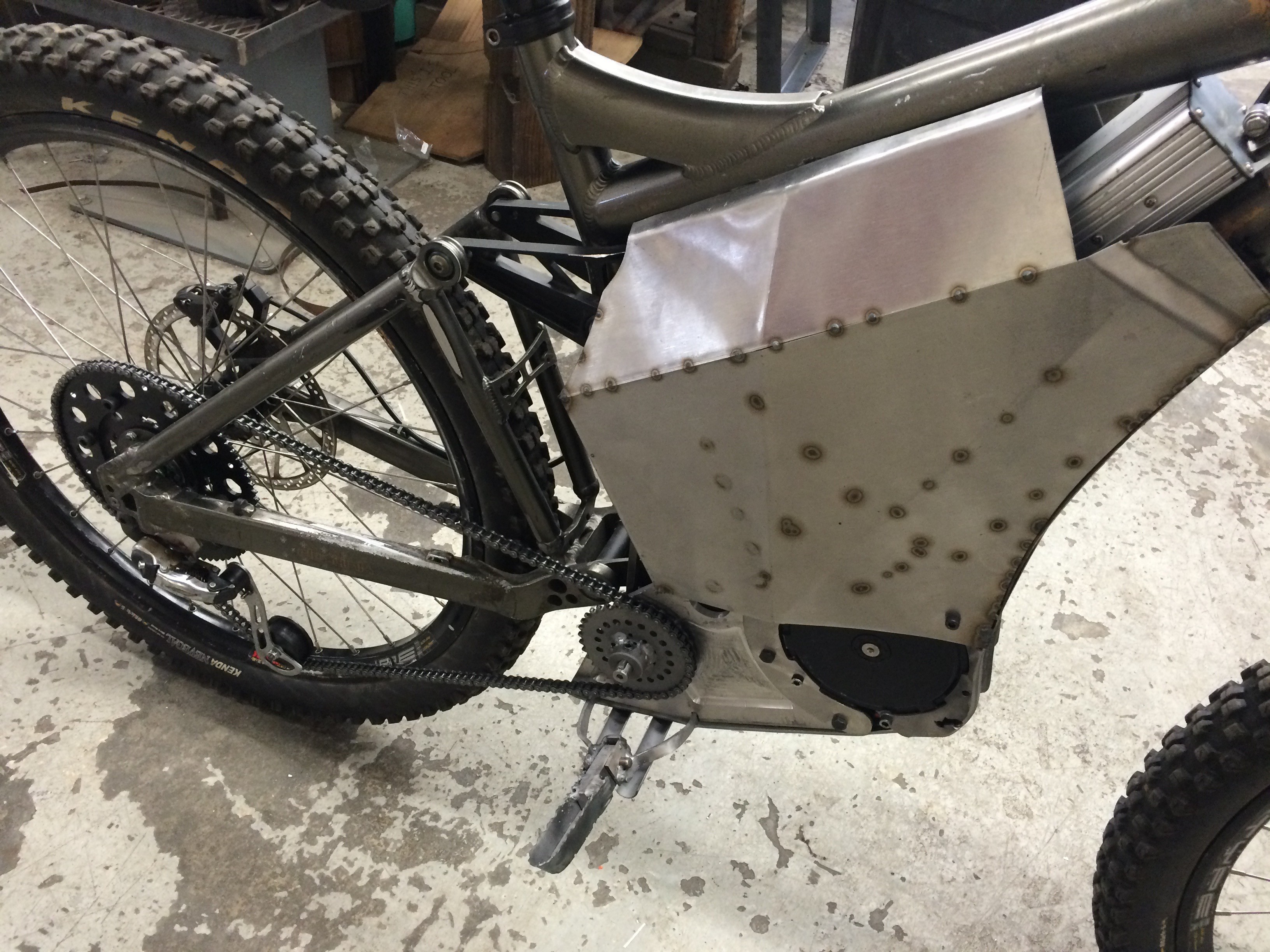
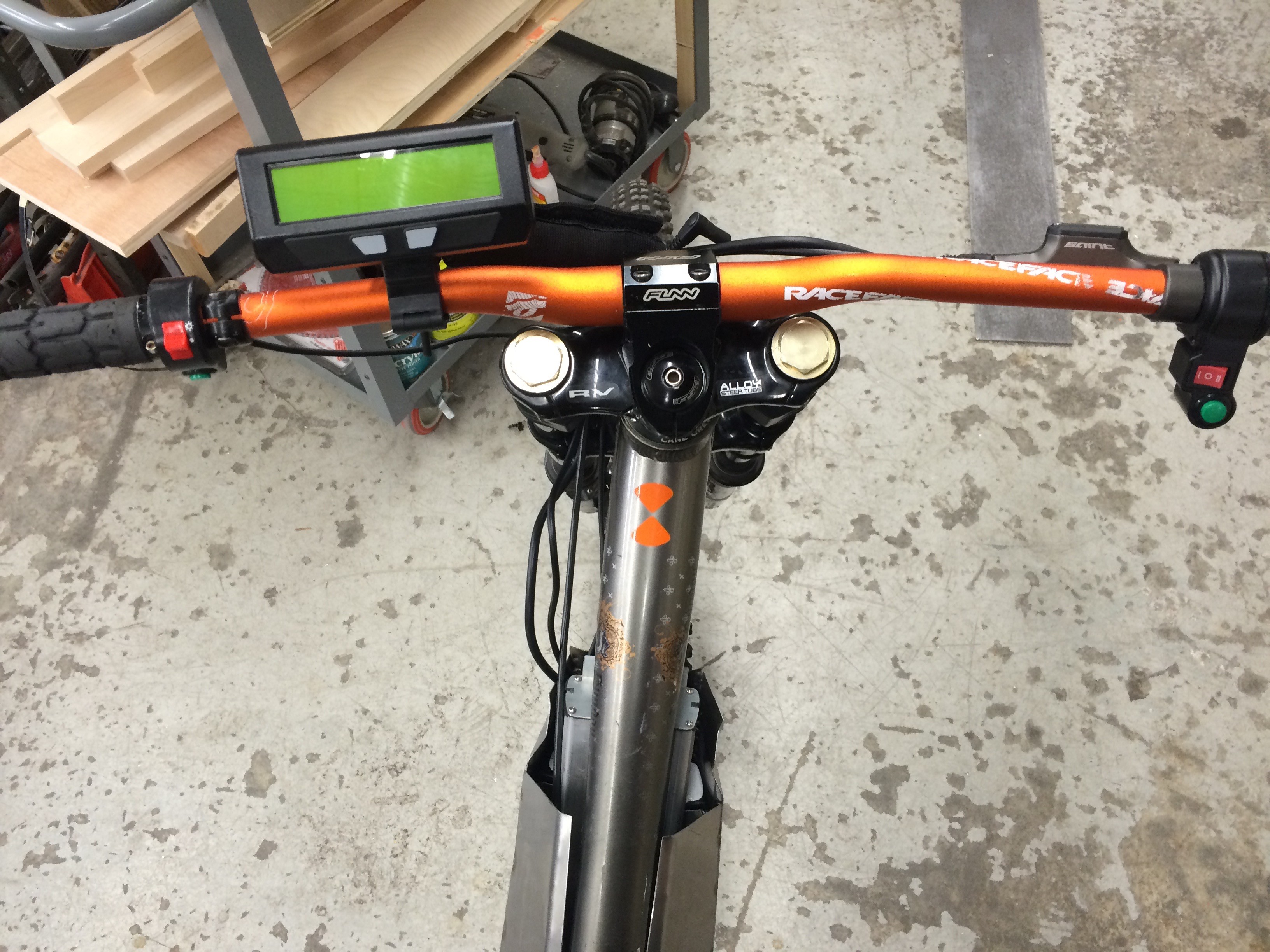
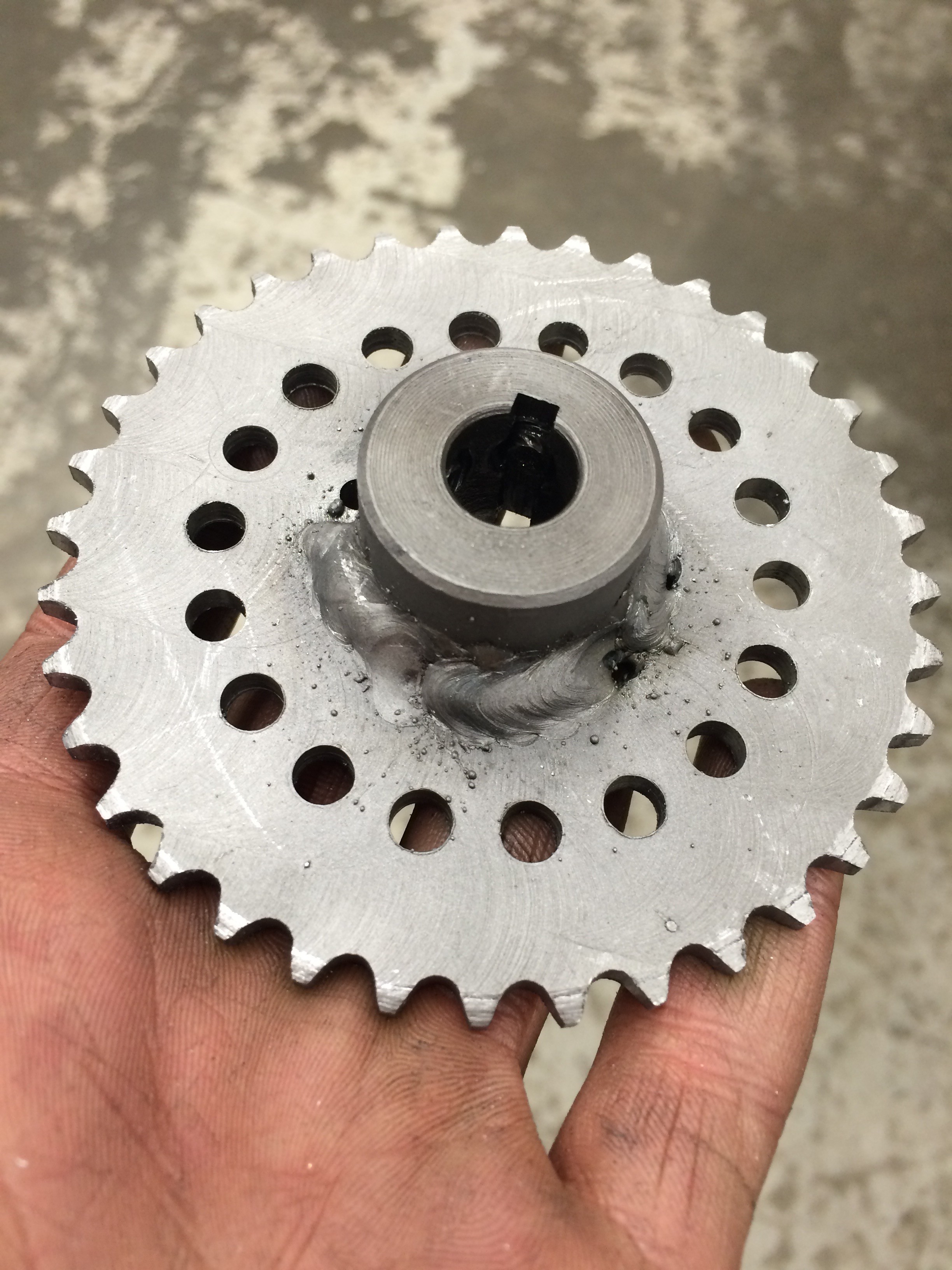
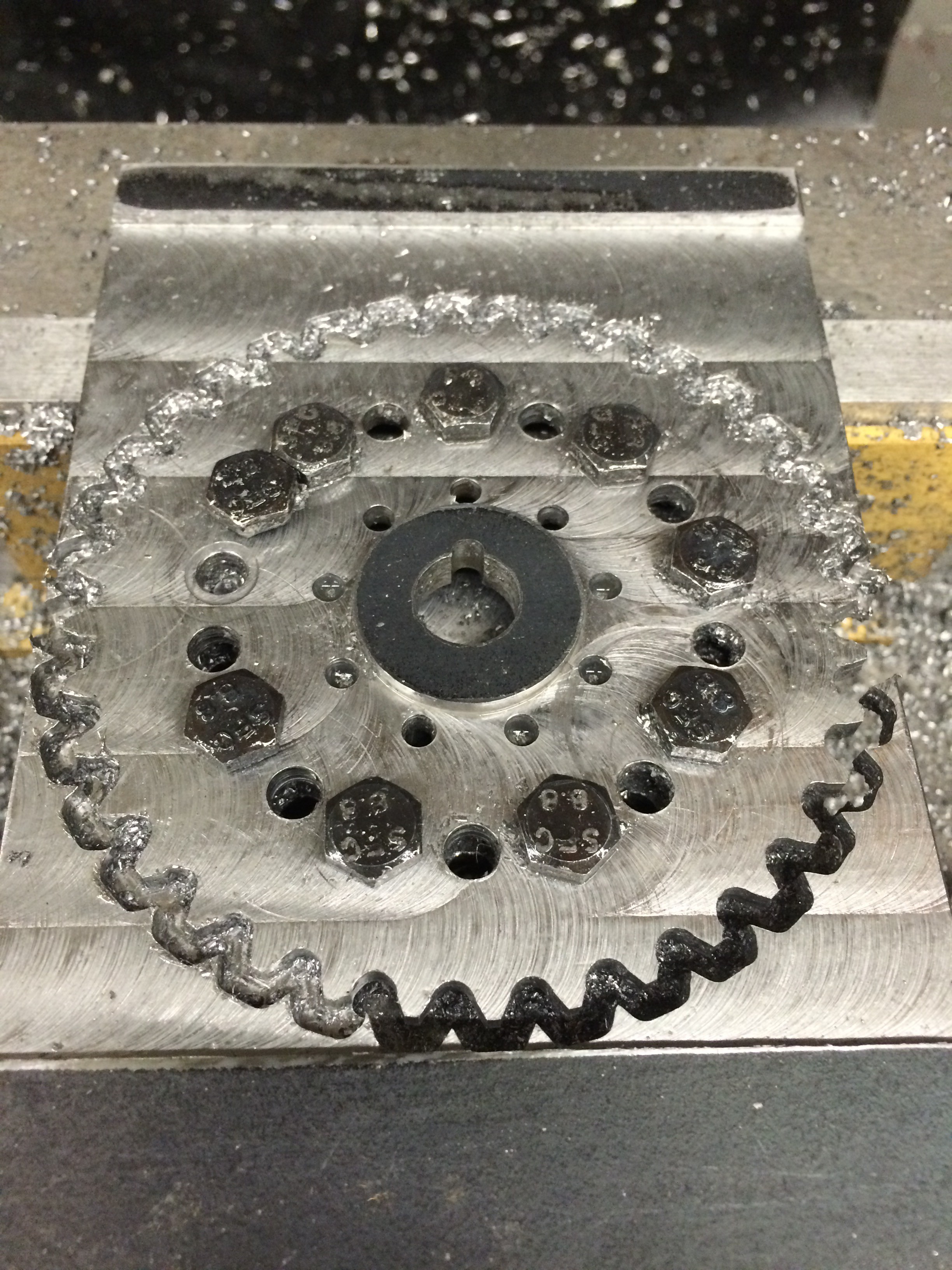
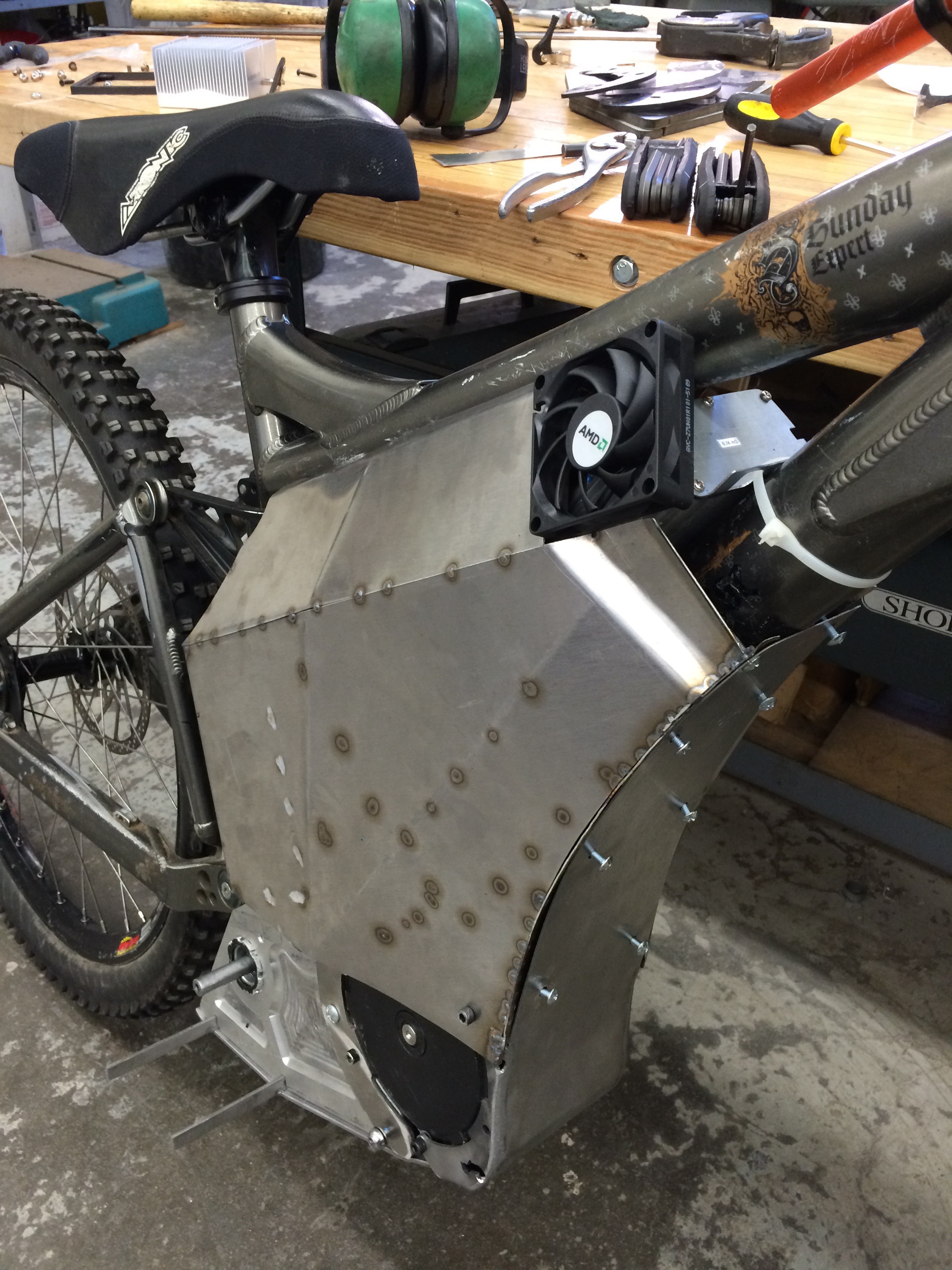

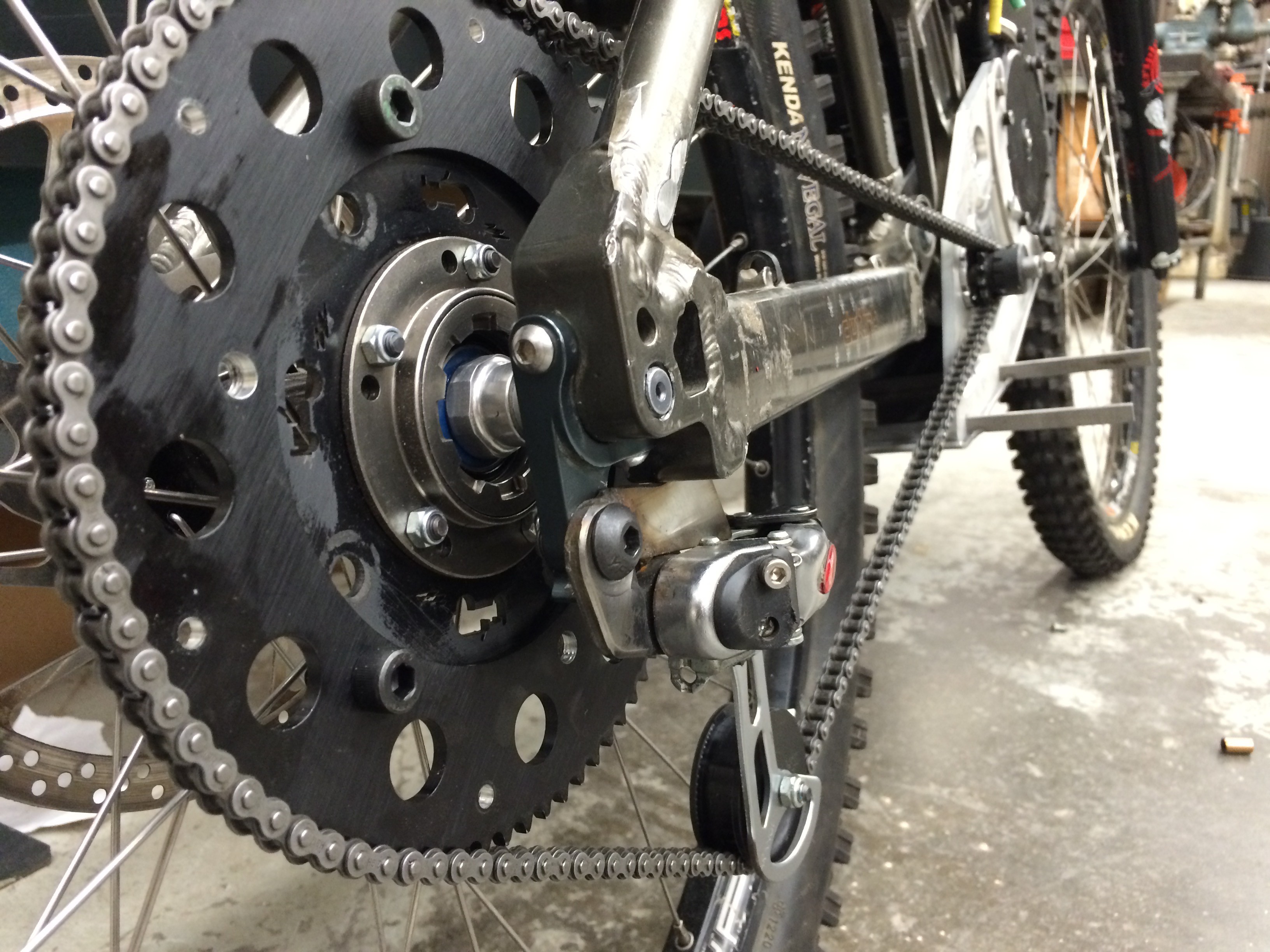

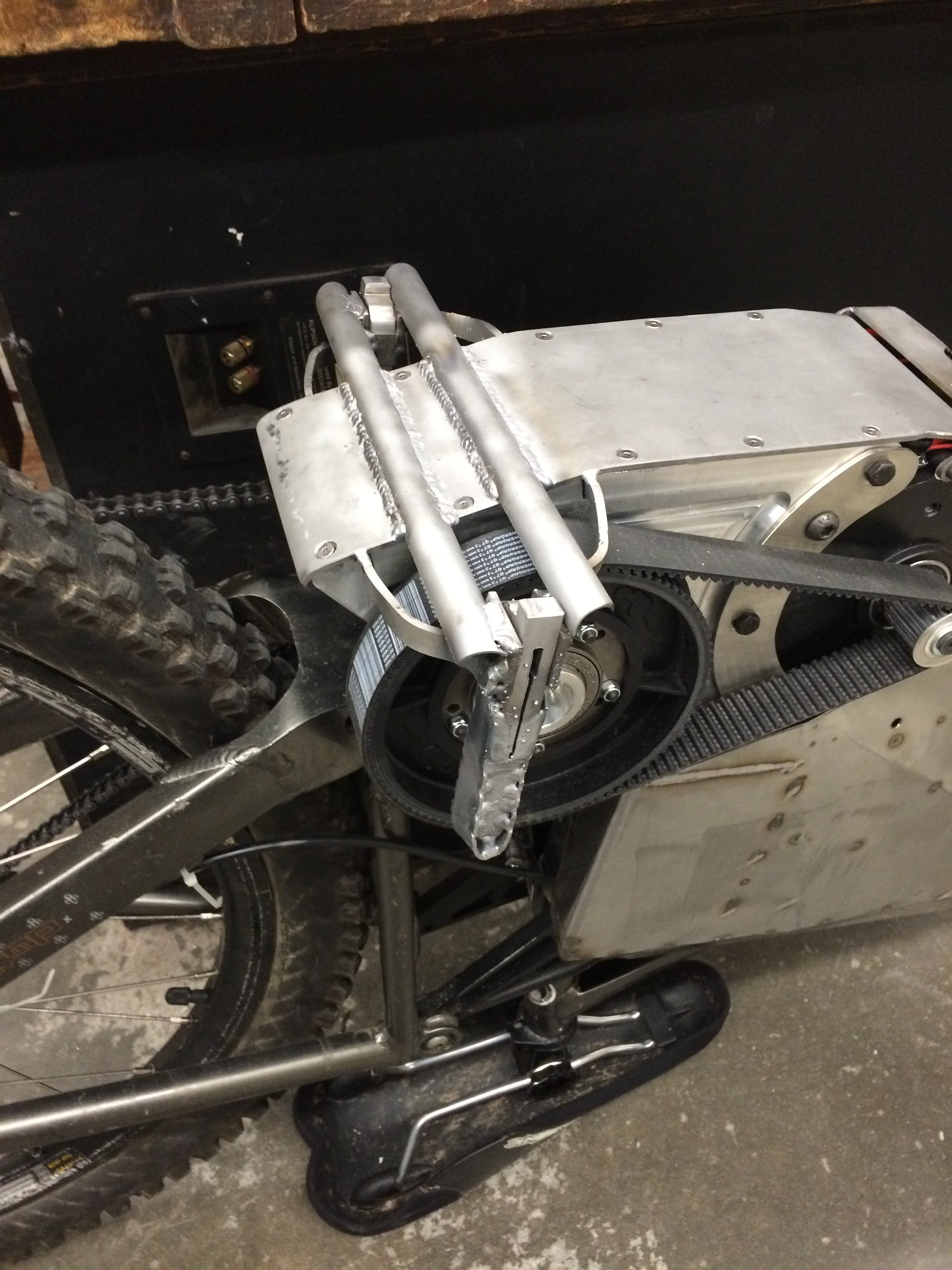
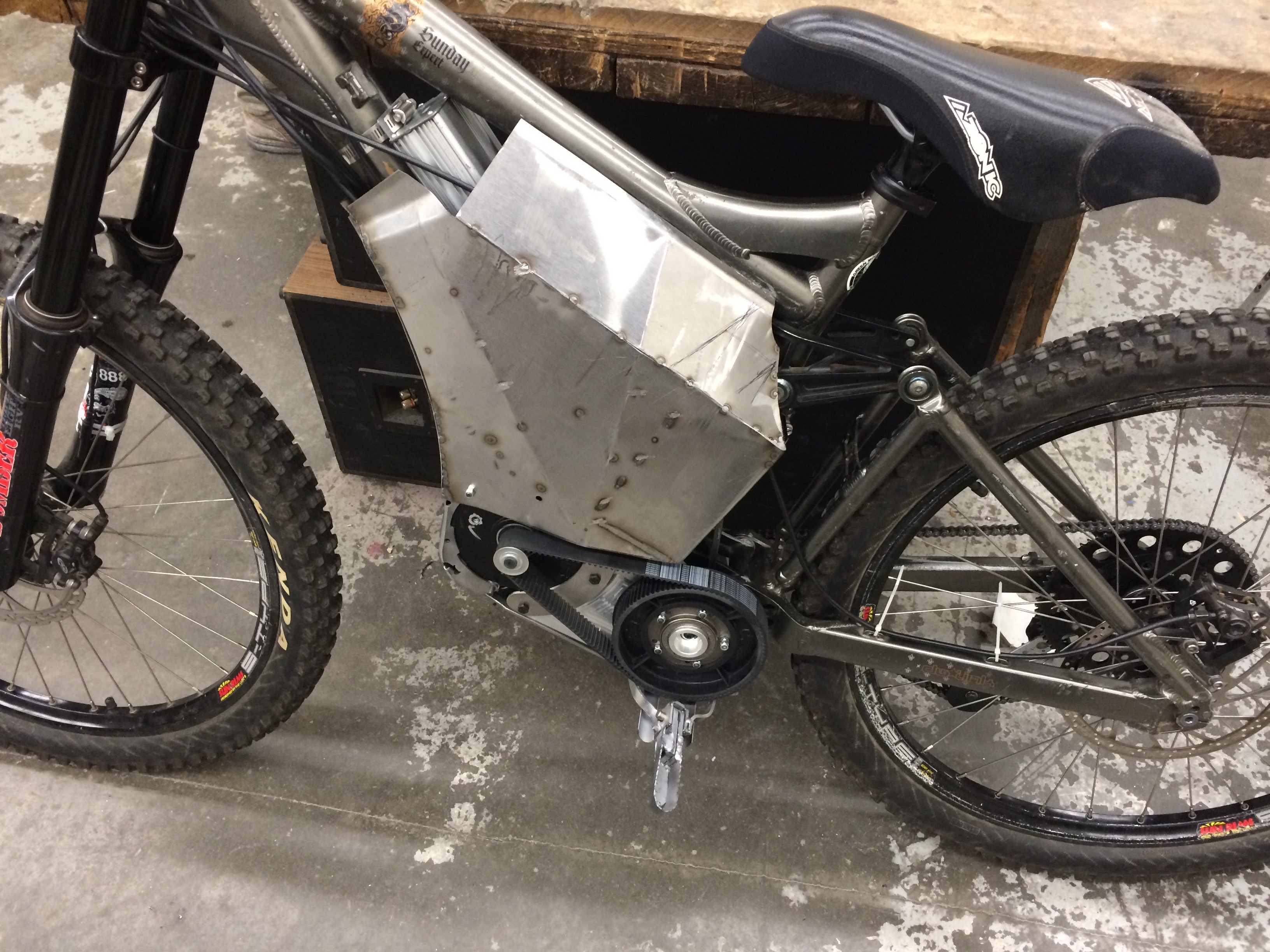
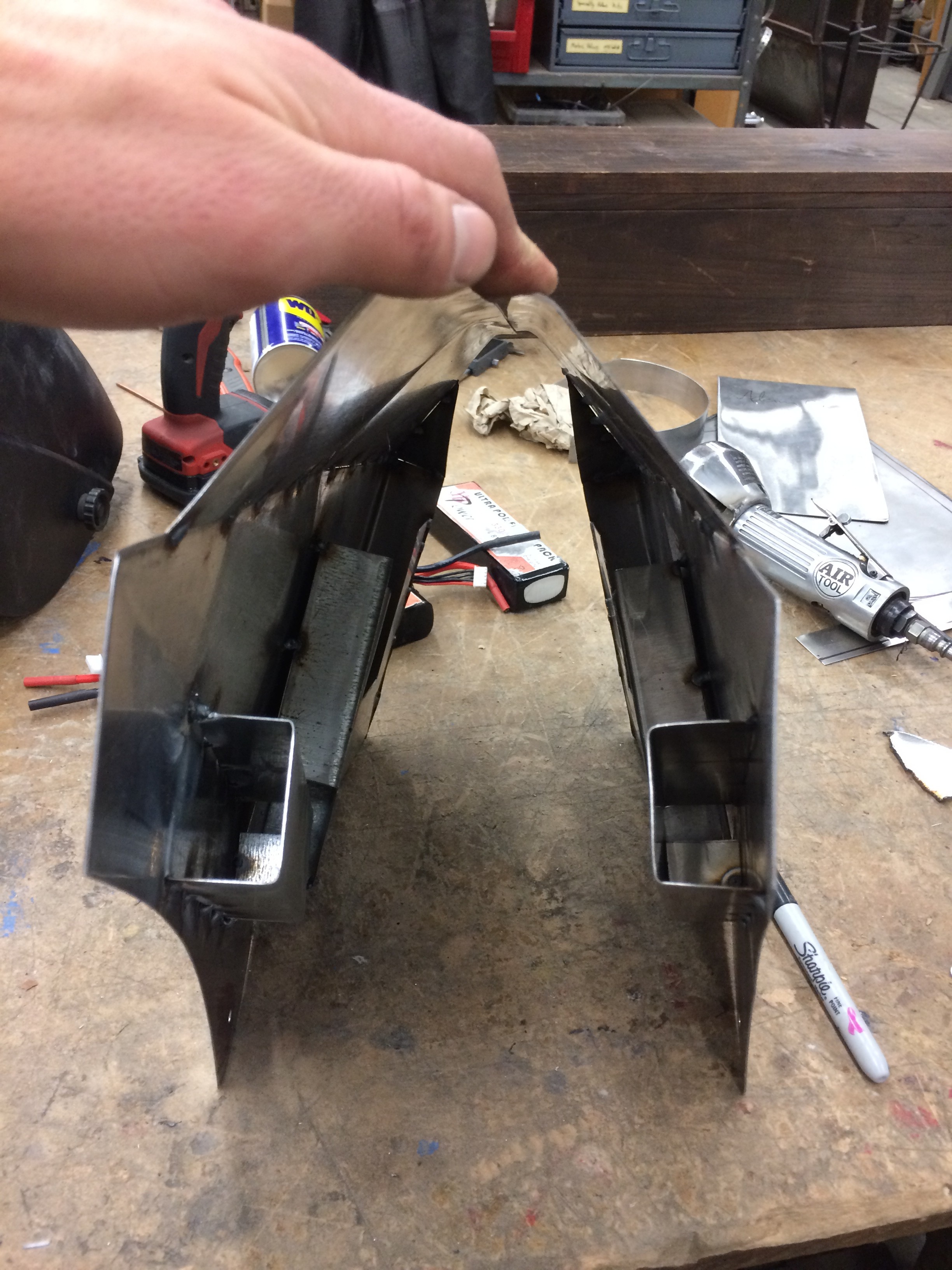
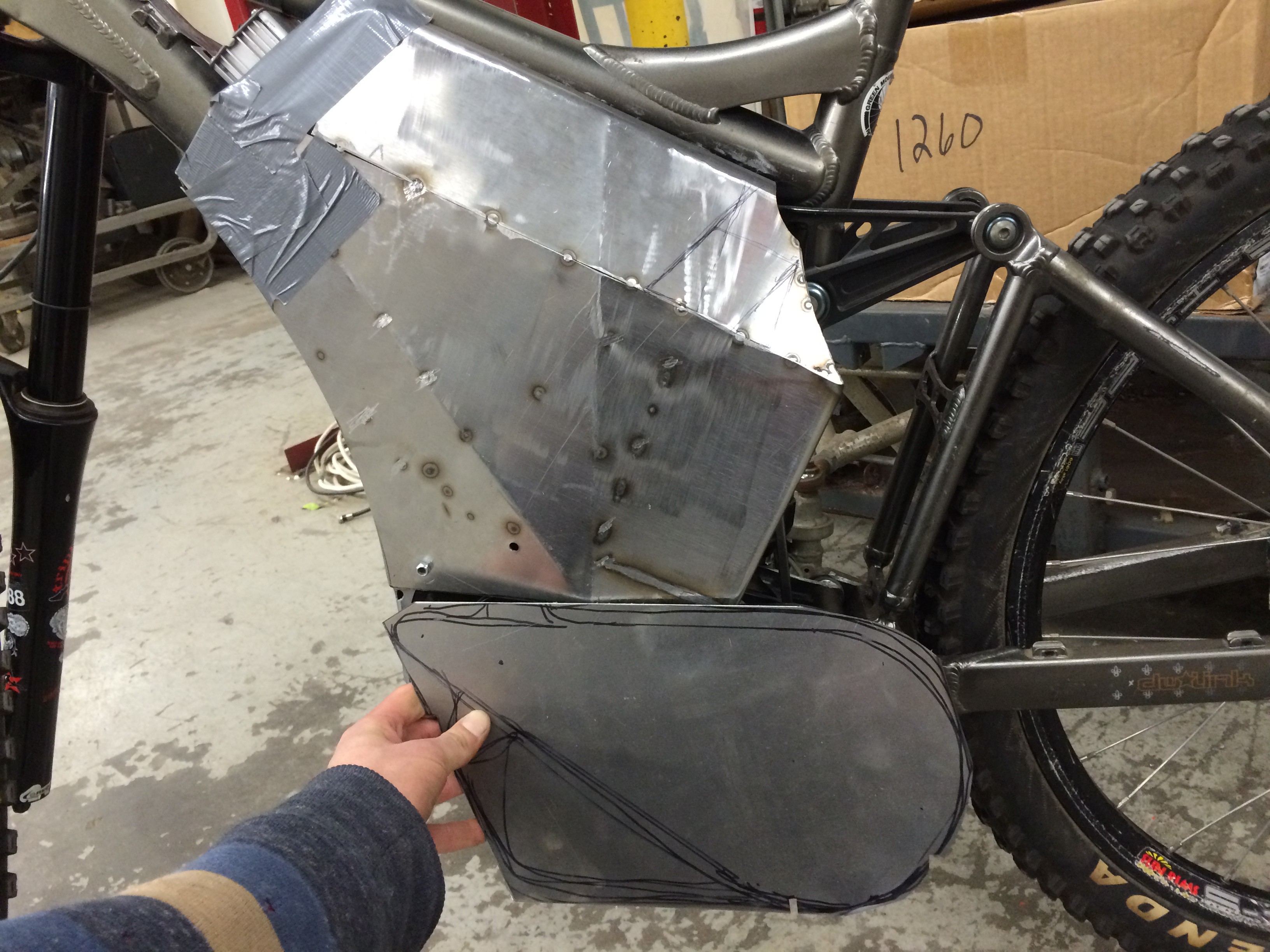
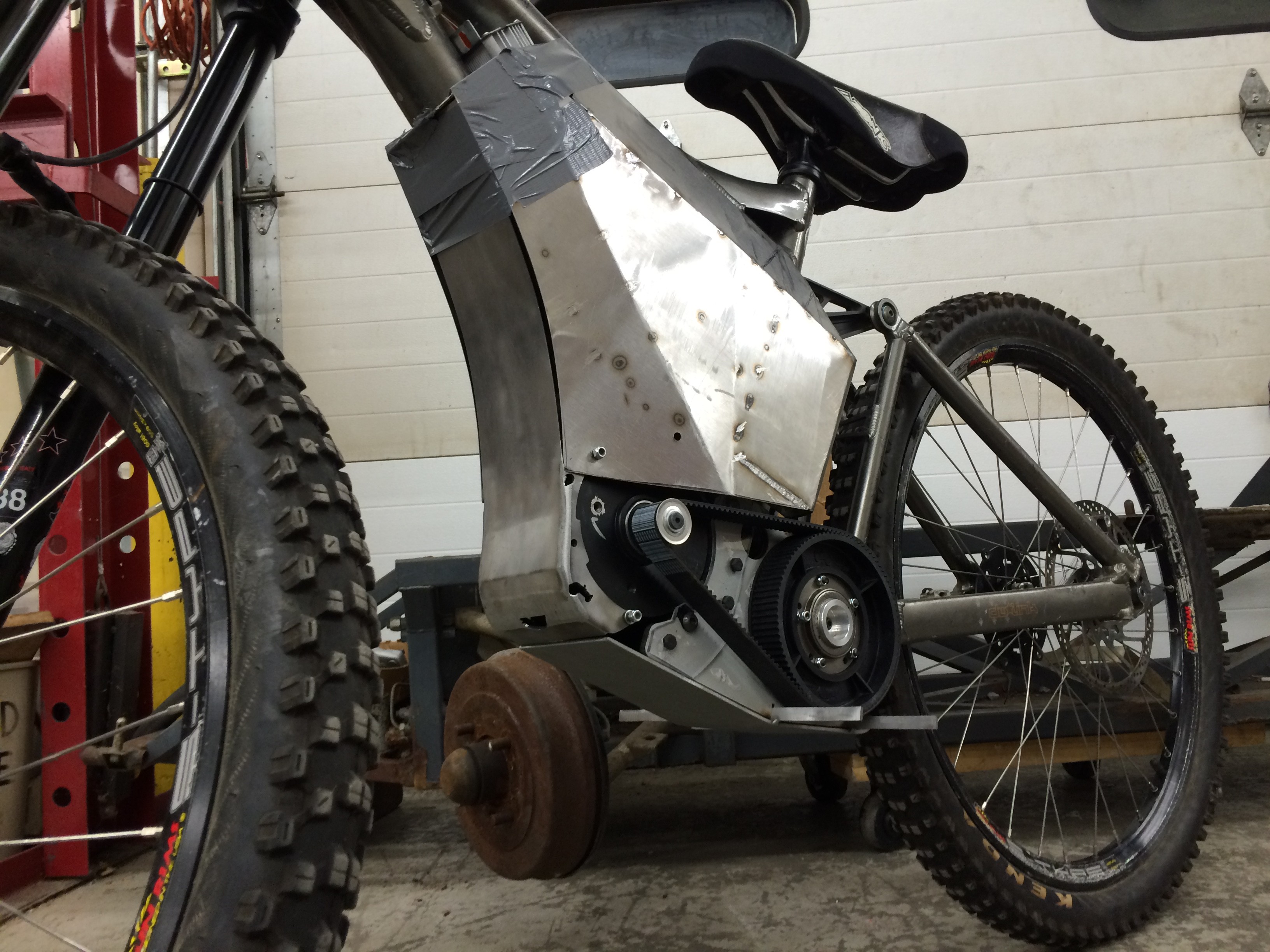
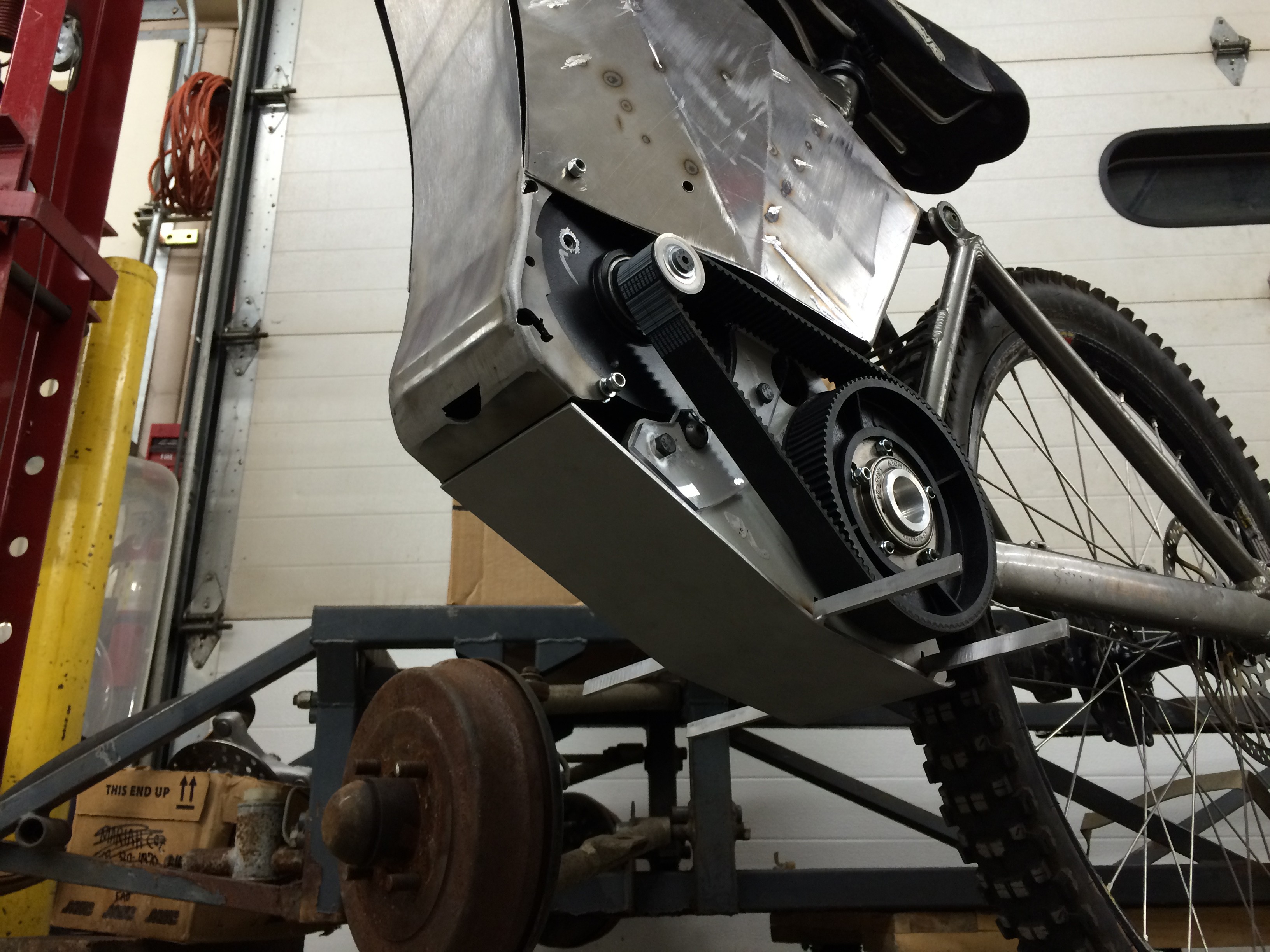
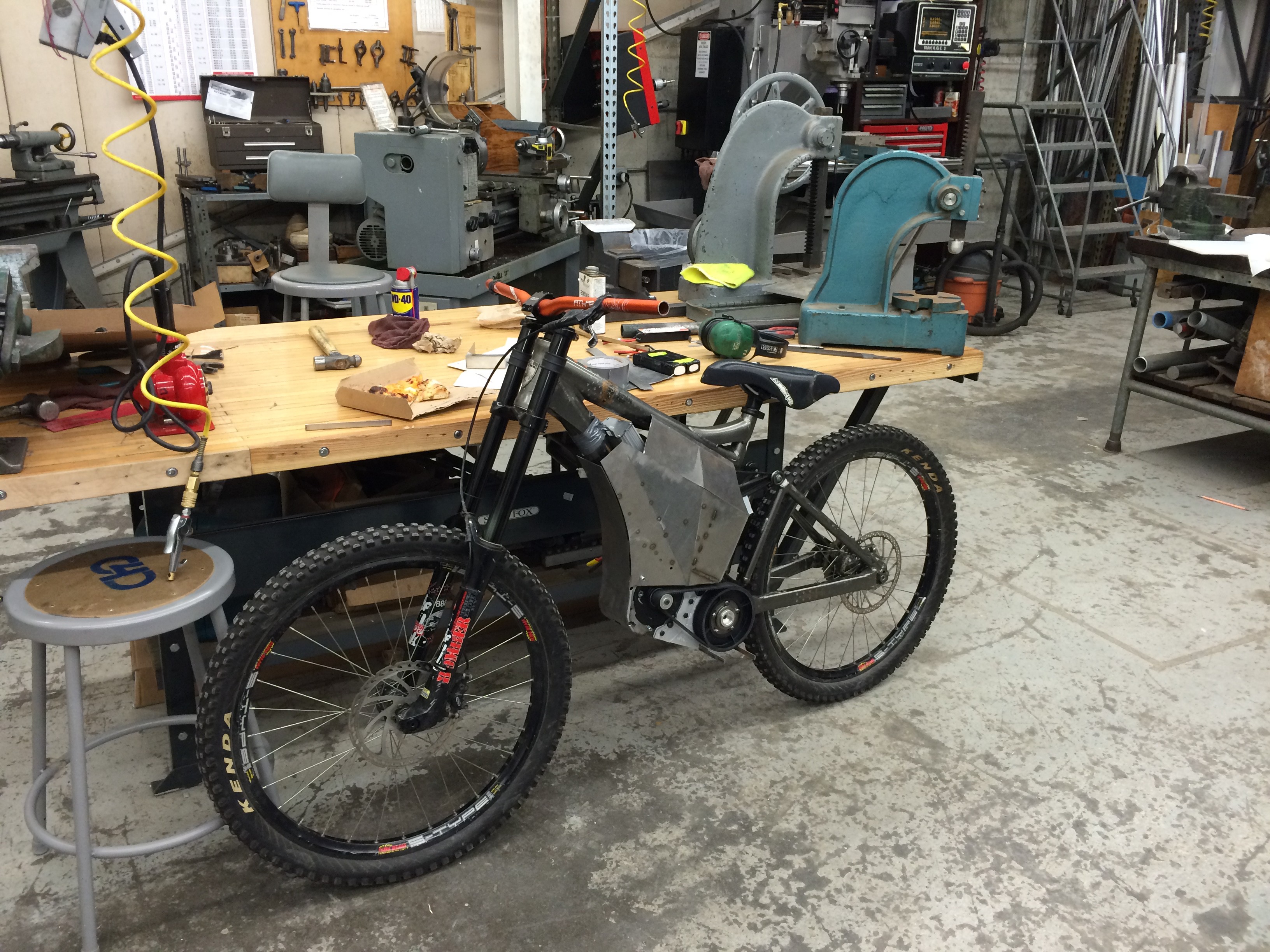


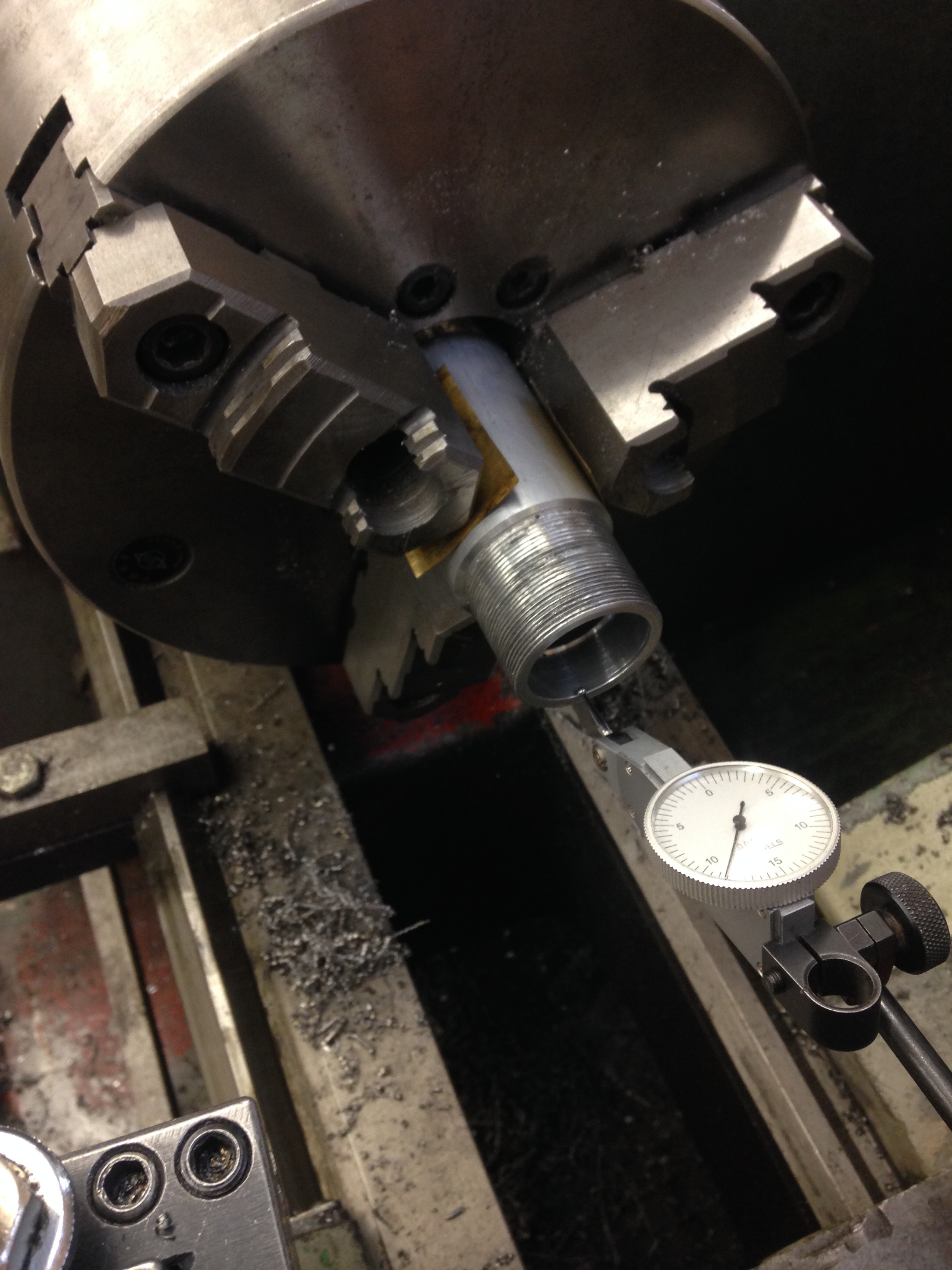
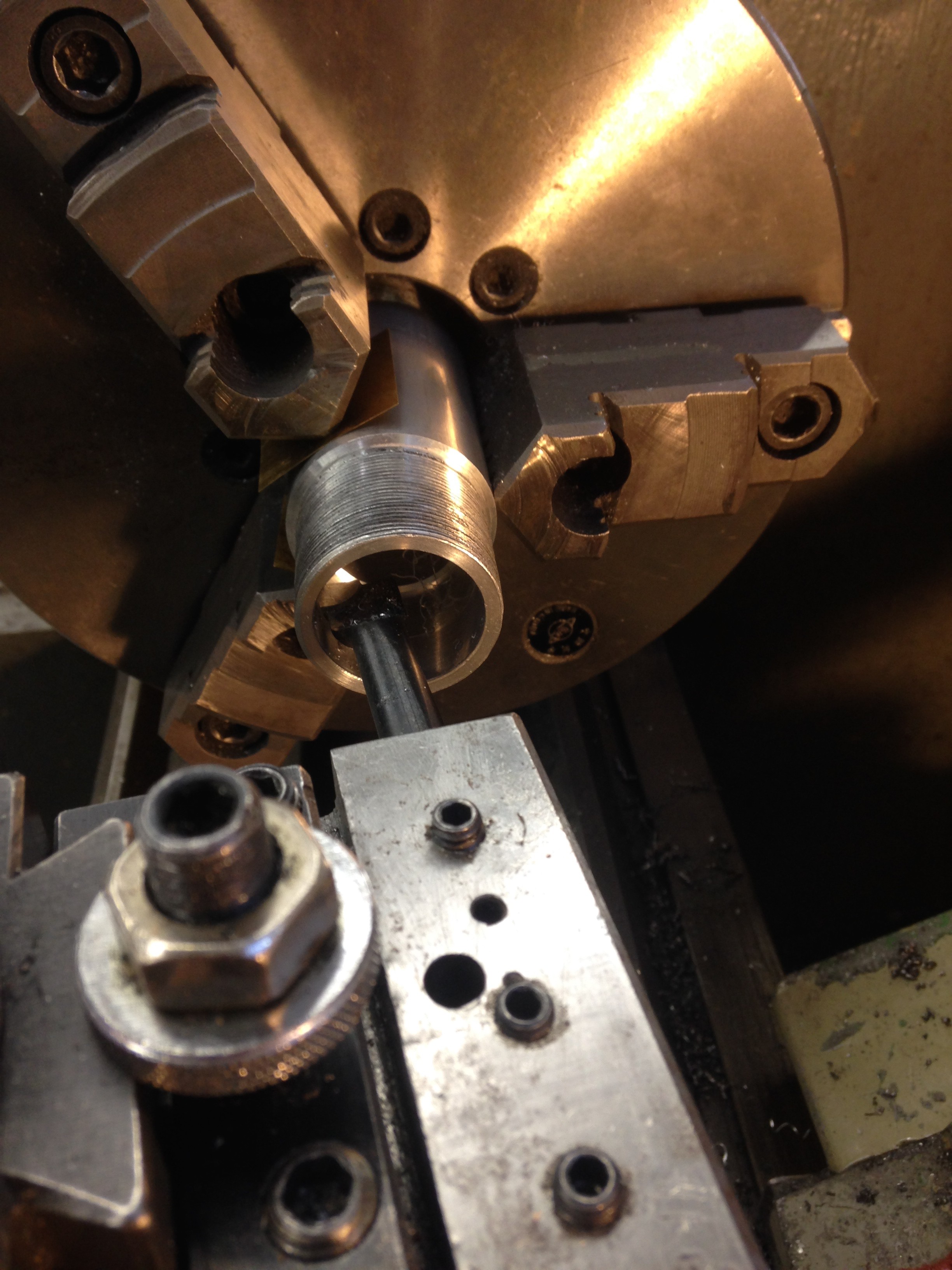
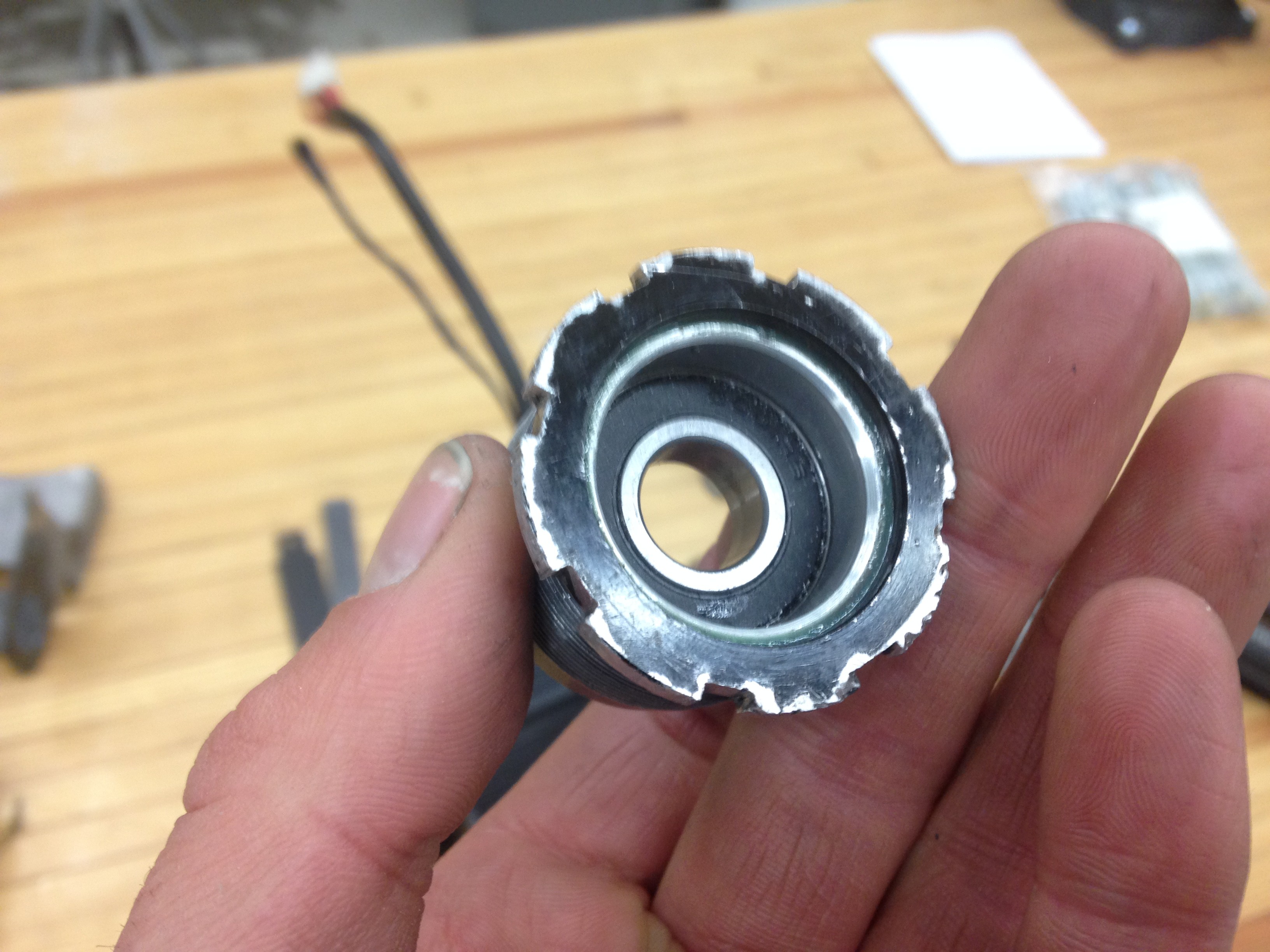


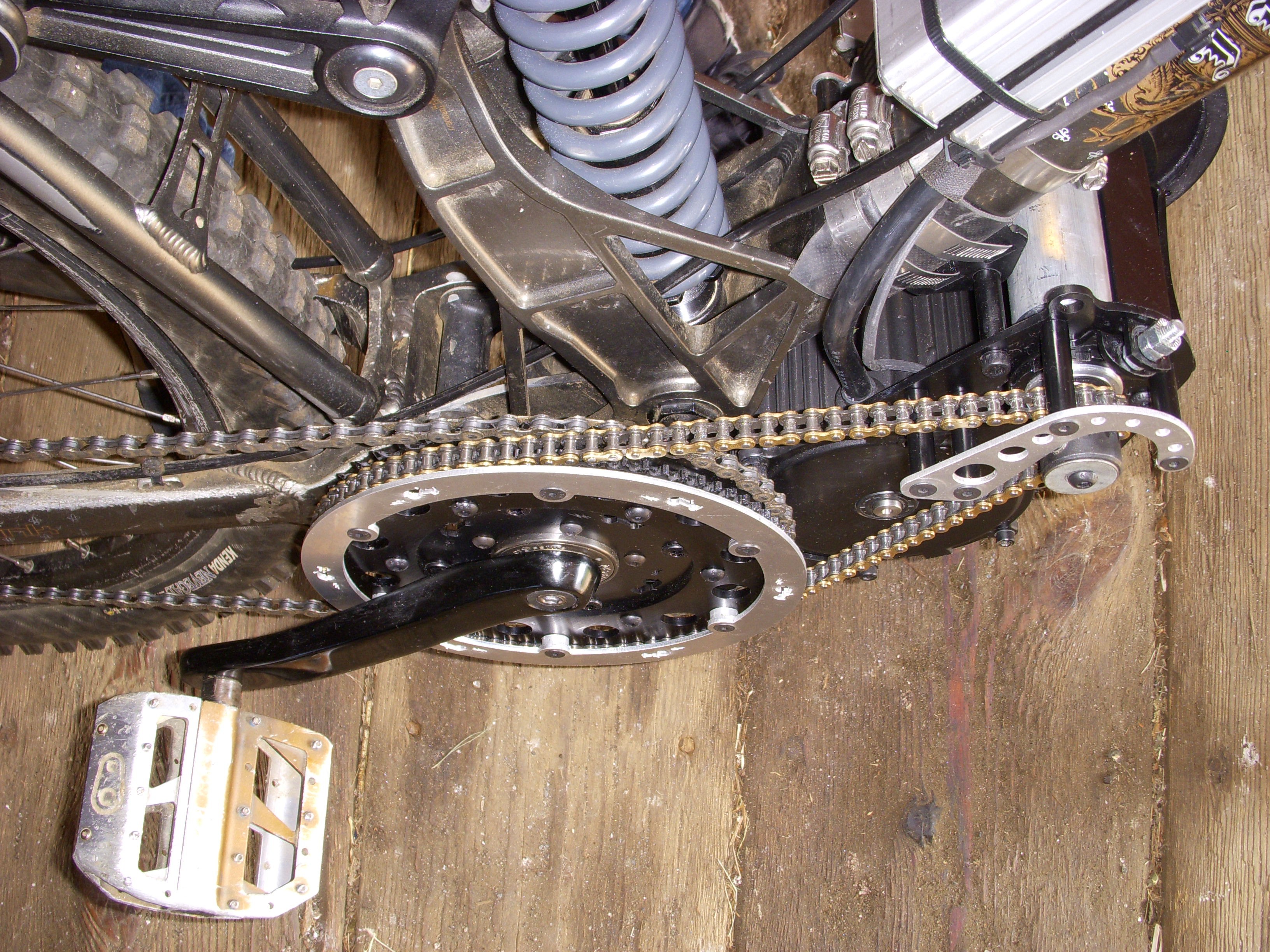 The original Lightning Rods kit. Looks nice... but when it moves the flaws are immediately apparent. Neither the plastic pulley nor the steel cog were concentric.
The original Lightning Rods kit. Looks nice... but when it moves the flaws are immediately apparent. Neither the plastic pulley nor the steel cog were concentric.